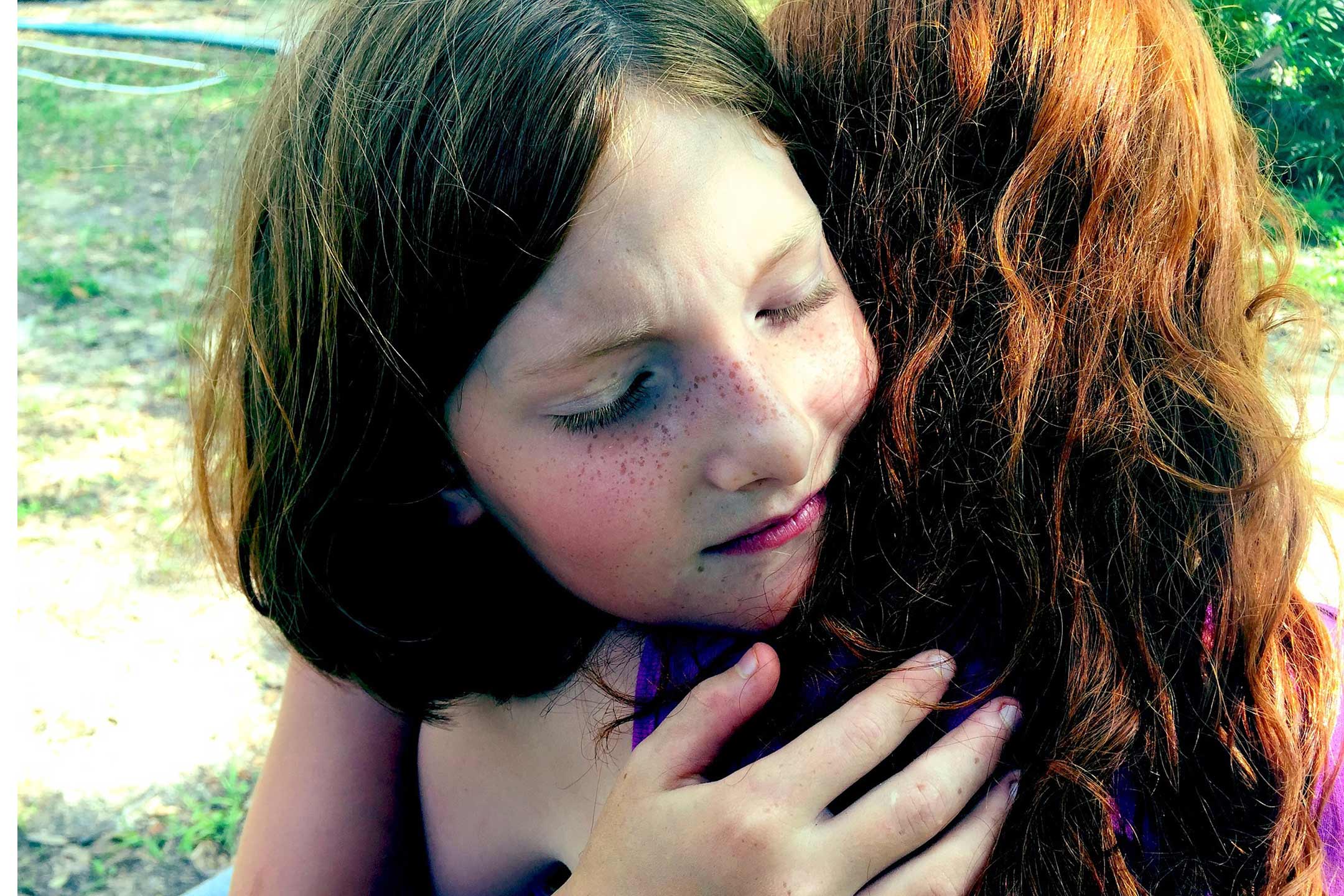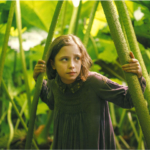
22 Sep A Guarded Grief
A teacher’s funeral brings back a personal sorrow for Larissa Everett
On the eve of the funeral, my English teacher announced, “Ladies, Year 10B has been selected to represent the school tomorrow at Sister Catherine’s funeral. We are to assemble and stand as an avenue of respect. You must wear your blazers.”
I immediately raised my hand and asked if I had to go. I used the sarcastic tone of a 16-year-old to mask my unwillingness to participate in this formal death parade. My English teacher laughed my question away. Her simple answer of “Yes” as she walked out of the classroom made it clear that I didn’t have a choice.
At two the following afternoon, we were herded into the curved driveway that connected the front gate to the chapel, via a manicured garden. The school was a place of appearances, and the garden was the first part of it that was visible to all. The lush green lawns and carefully maintained flowerbeds were surrounded by a thick, high, red-brick wall. It was so wide that it curved at the top. I’d never tried to scale it; at a height of over four metres it was impossible. The only possible exit point was the huge entry gate. An impressive archway connected two sections of the wall and created an imposing entrance to the school. An enormous, white iron gate sat split on either side of the wall. In the six years that I attended the school, the gates were never closed.
I stood just six metres from the tempting pearl exit gates. Wearing my navy school blazer, I faced the warm, autumn sun. Earlier that day, I had tried again with my English teacher, but her answer was the same. Perhaps I’d left it too late. She was busy collecting the class roll and reminding students to maintain the correct, non-slouching posture. “Didn’t we cover this yesterday?” she grinned in a non-negotiable way. And it was then that I wanted to tell her, but I was scared to use the words.
The warm afternoon sun gently filtered through the huge native trees. Most of my classmates welcomed this mini break from the tedious English class; they stood casually chatting to each other. I stood uncomfortably anticipating a harrowing afternoon event.
When the religious ceremony in the chapel ended, the hearse began its sombre, snakelike exit down the school driveway. I tried taking a deep breath and focusing on my posture and dignified expression. I promised myself I wouldn’t look at the hearse or anything upsetting. Somehow my eyes didn’t keep that promise, and they became distracted by the director of the funeral centre. He was the patriarch of death. I recognised his long stately walk, guiding the black hearse along the curving driveway. Wearing a suit of mourning grey, he epitomised grief, sorrow and loss. His grey, steel-wool eyes locked with mine, and for a split second he saw the scared little girl who was mourning her brother. His brief glance into my tortured soul turned a rusty key of pain that sent me into a flood of previously repressed tears and loud, undignified sobs.
 A classmate standing next to me stared at me in horror. Not only had I broken the posture rule, I’d broken a whole lot of unspoken rules. Terrified to comfort me, she stood, like me, immobilised, as the hearse and the procession of mourners’ cars slowly rolled past us. I wasn’t crying; I was bawling and howling. As the small procession of cars drove past, an old lady wound down her car window and tried to do what my classmate just couldn’t.
A classmate standing next to me stared at me in horror. Not only had I broken the posture rule, I’d broken a whole lot of unspoken rules. Terrified to comfort me, she stood, like me, immobilised, as the hearse and the procession of mourners’ cars slowly rolled past us. I wasn’t crying; I was bawling and howling. As the small procession of cars drove past, an old lady wound down her car window and tried to do what my classmate just couldn’t.
“She was a very old nun, who led a full life, dear. She’s with God now,” she preached, blessing me and my soft heart. I stared at her blurred image in disbelief, and to my horror bawled even louder than before. My “soft heart” was releasing nine years of built-up childhood grief. Unfortunately, I was in one very public place, standing in a puddle of undignified sobs.
Finally the parade of death ended. Most of my classmates reluctantly headed back to the classroom; however, I stood frozen in my designated place, honouring the dead soul of my brother. For once, time, rules and the of my approval peers didn’t matter. Just as grief had stopped my world nine years ago, it stopped it again. I finally allowed myself to cry my tears of pain.
What happened next is something that is now one of my significant life events. I don’t know if my sister was told of my distress and was summoned out, or if she saw my distress from one of the huge windows that overlooked the entrance. My sister, who was two years older than me, and was continually grumpy with the pressure of her Year 12 studies, simply walked up to me and gave me a comforting hug. At that time we really didn’t get along; she resented my cheerful, carefree attitude. But that strong and caring gesture has always touched my heart. It was a gesture of shared understanding of a tragic life event.
I have no memory of what happened next. No recall of cruel laughter or adolescent teasing, or of friends asking what was wrong with me. There were no nasty questions demanding explanations for my bizarre behaviour. Not even sly comments about the class clown crying. But what I do remember is my English teacher asking, “Why didn’t you tell me that you didn’t want to do it?”
On the day of the funeral, both teacher and student learned a valuable lesson about guarding grief and listening more carefully to what someone just couldn’t say.
Illustration by Rosalie Street




